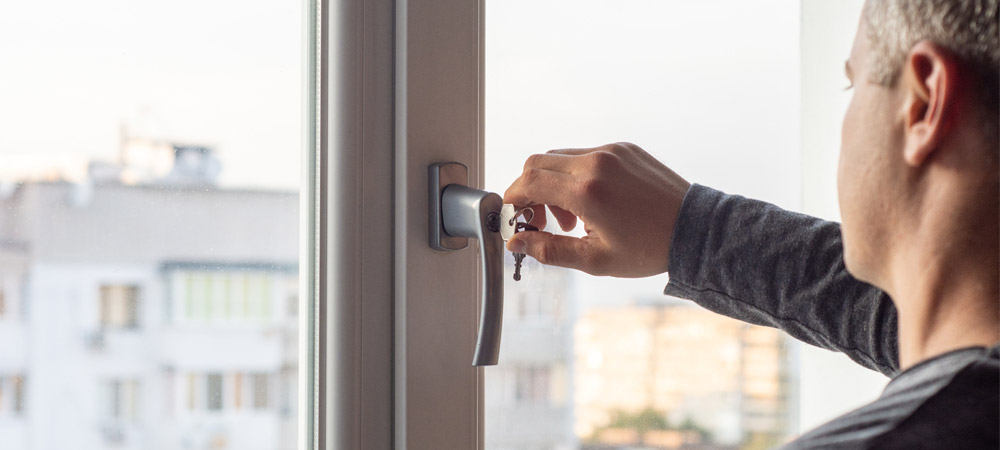As winter approaches and the mild autumnal weather is replaced by the winter chill, for many people, it’s a case of putting the central heating on and closing the windows, but on the contrary, medical professionals are urging people to open their windows – for the good of the family’s health.
Breathing in stale, old, interior air can cause a host of symptoms. It can have bad implications on your health if you don’t get more fresh air. Other than the effects on your well-being, it can also damage your home with mould, bacteria and dust.
So, how can you help your family and your home to be healthy, without sitting in the cold? It goes without saying that keeping the windows shut over winter helps save energy and therefore money on heating costs. This is an obvious plus, but it’s not worth jeopardising your health by living in a furnace-like atmosphere!

© yuliiapedchenko / Adobe Stock
Sick building syndrome
If the air inside your home is never exchanged for fresh air, it can become stale. When you’re inside a building that’s tightly sealed, without much ventilation, for much of your time, it’s called sick building syndrome, or SBS. Living in this type of environment can allow toxins to build up in the house.
Apart from also causing issues with condensation, the unhealthy environment can contain organic compounds, mould spores, bacteria, dust and viruses. If you breathe in this low-quality air over a period of time, you can begin to experience physical symptoms. These can include nausea, tiredness and drowsiness.
Keep breathing in the stale air and you can suffer from dizziness and headaches. You may find your nose, throat and eyes are feeling irritated. There’s even a term for it – building-related illness, or BRI. You may start to cough, experience aching muscles and find your chest feels tight.
Open the windows!
The simplest way to get fresh air circulating inside your home is to leave your windows open. You don’t need to leave them wide open, 24 hours a day, so that your house is like a fridge. Leave them partially open, for short spells if it’s particularly cold outdoors, just to get rid of that fuzzy-headed feeling of sitting in excess heat and stale air.
Alternatively, you could have a heat recovery ventilator installed. Some reputable home builders today will install HRV units in new-build homes as a matter of course. As they strive to make new homes airtight, and therefore more energy-efficient, they install an HRV to help prevent mould and poor-quality indoor air.
The units bring in fresh air from outside and pre-condition it to the interior temperature. It can recover up to 88% of the heat, using only a minimal amount of electricity, thanks to its electronically commutated motor.
If you can’t afford to invest in an HRV, simply open your windows for a few hours during warmer winter days. While doing so, run your main extractor fan simultaneously – usually the one located in the bathroom. This will help to extract the old, stale air. Even doing this for 15 to 20 minutes a day will make a difference. Although you will lose some energy-efficiency, it’s well worth it for the health benefits that fresh air will bring you.
Don’t let conditions such as SBS or BRI affect your life. When it comes to the air that you breathe, you don’t want to be taking any chances.
Furniture Pack Solutions provides a selection of affordable furniture packs to enhance your home. To find out more about our high quality range, contact us online, or give us a call on 0800 781 9427.
